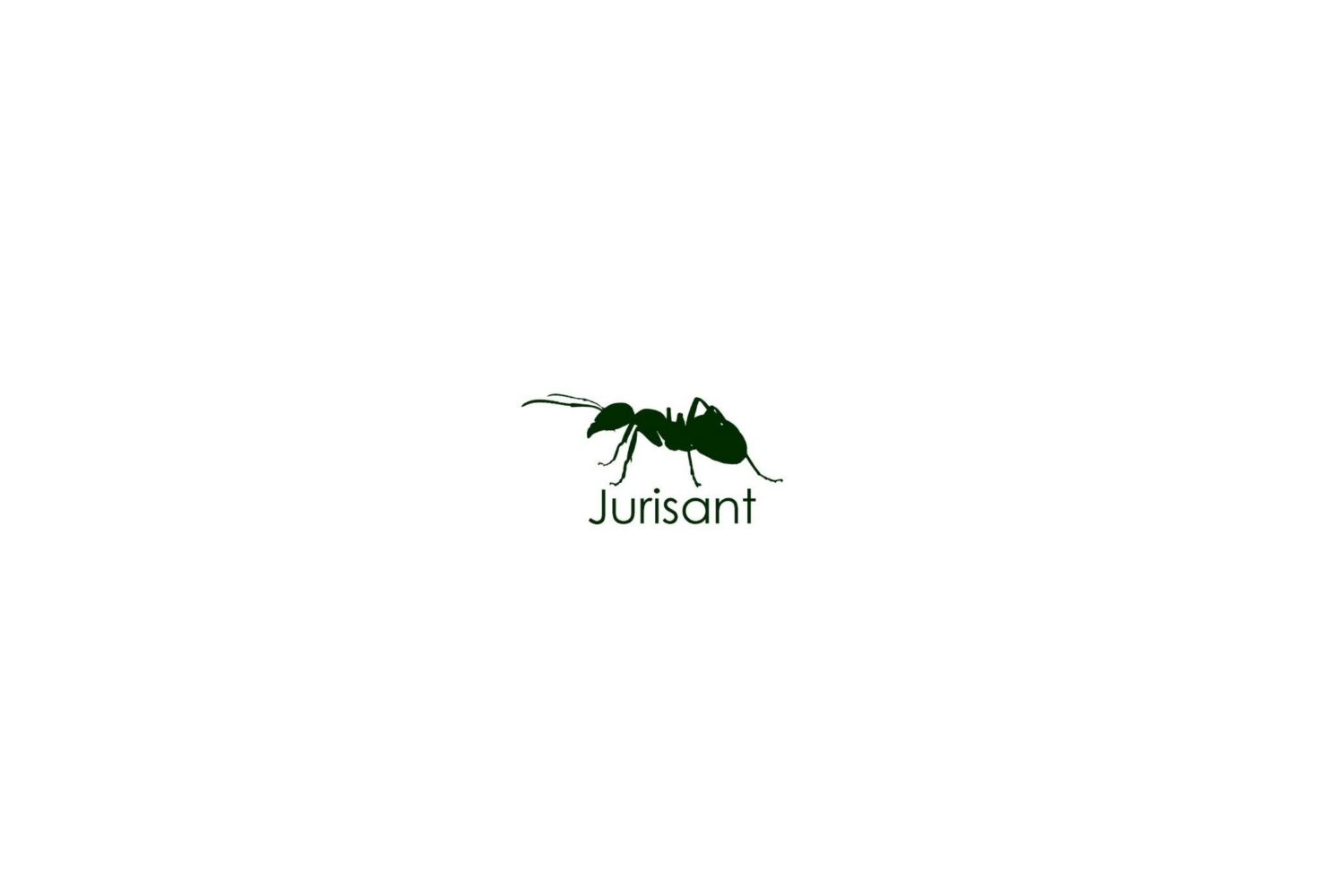
翻译干货专栏:法律翻译之知识产权保护之一
隔壁翻译菌
盆友们大家好~
叒叕叕见面啦~
本领域将涉及国际商事交易的最主要、最基本问题:商事组织、竞争、融资、会计、劳工、银行、合同等等多个方面~
本系列主要参考中国人民大学出版社《国际商事经济法律通则》一书,笔者很推荐对此方面感兴趣的盆友们阅读哦~~
本篇将介绍知识产权相关内容~
第十篇 知识产权保护(上篇)
1
知识产权
知识产权(intellectual property)是指特定类型的知识、观念的表达或者可归于某人或某实体的其他创造性成果。
The term "intellectual property" refers to certain types of knowledge, expressions of ideas, or other creations that can be ascribed to a particular person or entity. According to one source, "[i]ntellectual property is, in essence, useful information or knowledge [and it comprises both] artistic property and industrial property."
国家通常对三类知识产权提供法律保护。专利法保护发明商标法保护商标和设计,版权法保护作品(包括电影、录音等等)。对于其他的知识产权,例如工业品外观设计、商业秘密、专有技术(know-how )、集成电路布图设计、生物技术、因特网和电子商务技术,有些国家也提供法律保护。
In many countries, legal protection is provided for at least three types of intellectual property. Patent law protects inventions, trademark law protects brand names and designs, and copyright law protects writings (including films, recordings, and so forth).In addition, legal protection is sometimes provided for other types of intellectual property, including in particular industrial models and designs, trade secrets and "know-how", the layout ("topography") of integrated circuits, a famous individual's "personality", certain types of biological technology, and internet and electronic commerce technology.
这些法律的根本目的是通过对权利人提供垄断权赋予权利人阻止他人非法利用或实施其知识产权的权利,来保护自己的创造成果。
In all these cases, the fundamental purpose of the legal rules is toprotect the results of innovation and creation, usually by providing a monopolyto the creator or owner of the right —— that is, as one source hasexpressed it, by "enabling the owner [of the right] to prevent others fromusing and/or producing the protected invention, technology, or creative work".
2
专利
专利特征
01
要想获得专利保护,必须具备三个特征:新颖性、实用性和非显而易见性。
Each of the three required features of a patent —— that is, that it be new, that it be new, that it be useful, and that it be "non-obvious" —— is important.
新颖性
壹
即特定产品或者工艺必须是新颖的,也就是说以前没有被其他人发明过。
实用性
贰
国内法也对实用性的标准作出了界定。尽管几乎任何发明都有某些商业用途,但是在化学和生物科学领域制造的某些新分子和化合物却并不能产生近期的商业用途。通常,仅仅预测到将来会有用并不足以获得专利保护。同样,仅仅出于好奇心而不会产生实实在在的利益的发明也不能获得专利。据此,非法的、不道德的或者危险的产品是不能获得专利保护的。
非显而易见性
叁
即新产品或新工艺并不是简单地对已有产品或工艺进行初步的、明显的改进。
独占权和有效期
02
获得专利权后,专利权人在一段特定时间内享有实施、使用、销售其发明的独占权(exclusive right)。
Once a patent has been granted, the patentee typically will enjoy (for a prescribed period of time) an exclusive right to make, use, or sell the invention.
在有些国家,独占权包括有权不使用该发明。有些国家的专利法则规定发明人必须实际利用其专利,否则,可以对希望利用该专利的人颁发强制许可证(grant a compulsory license)。
专利权的有效期通常被限制在若干年。过了这段有效期,专利就进人“公共领域”(public domain),即意味着其他任何人都可以对该专利进行利用。
相关协定
03
与专利有关的一个很重要的多边协定是《保护工业产权巴黎公约》(the Paris Convention for the Protection of Industrial Property)。这个公约于184年7月生效,它吸收了很多旨在为专利权提供相互保护(reciprocal protection)的双边条约的规定。其最新修订版是1967年文本。它规定,一缔约国的专利权人向另一缔约国申请专利时,享有国民待遇(national treatment),即与该国国民同等的待遇。同时,该公约在程序上也作了优先性规定。例如,当一缔约国的发明人向另一国申请专利时,赋予其优先权(special filing priority,12个月)。这是一项重要的程序权利,因为在很多国家,提出申请就意味着将该发明公之于众了,这样就不符合其他国家对专利保护所要求的新颖性(novelty)要求,而新颖性是获得专利保护所必需的。
其他调整专利的国际公约包括:
1970年的《专利合作公约》(the Patent Cooperation Treaty),该公约规定了一些程序规则:专利申请人在一国提出申请后,在他国申请时,就享有优先权,申请也相对顺利。
《欧洲专利公约》(the European Patent Convention),规定专利申请人可以选择一个中央机构对其发明是否可以获得专利进行审查,审查通过可以获得一个欧洲专利尽管仍需要在欧盟的成员国内进行正式注册,以获得其成员国授予的独立的专利
此外,导致世界贸易组织建立的乌拉主回合达成的协定之一就是1993年签署的(与贸易有关的知识产权协定》(Agreement on Trade - Related Aspects of Intellectual Property Rights,TRIPs ),它包括巴黎公约的某些规则以及与商标和版权有关的一些公约规则。要想成为WTO的成员国,国家必须接受TRIPs,因此,很多国家都接受了该协定。
3
商标
商标是指商品经营者用于自己商品或服务上的标识或标记,其目的是与其他经营者的商品或服务相区别。
A trademark is a sign, mark, or design that is used on or in connection with the marketing of a product or service in order to distinguish the owners product or service from those of other persons.
依据知识产权法规则,“商标法赋予商标所有人以排他的权利,任何第三人未经商标所有人同意,不得使用该商标以及足以引起公众混滑的与之相类似的商标”。
Under typical intellectual property rules, "[t]rademark laws confer on the proprietor [of the trademark] the exclusive right to prevent all third parties not having the consent of the owner from using in the course of trade any sign which is identical with the trademark" or so similar to it as to make a consumer thick it is the same.
组成商标的标记或标识可以是一个或者多个独特的单词、字母、数字、图片、图纸或者其他独特形式(例如可口可乐瓶子的形状)。
The sign, mark, or design constituting the trademark may consist of one or more distinctive words, letters, numbers, pictures, drawings, or distinctive form.
通常认为,商标在传统上有四个功能:
01
它把一企业的产品与另一企业的产品相区别,以此帮助消费者辨认他们已经熟悉的产品。
02
它代表使用该商标的产品的质量。
03
它把该特定产品同生产者相联系,从而标明该产品的原产地(the origin of the product)。
04
它可以促进产品的销售。
与商标的国际保护最密切的协定是《商标国际注册马德里协定》以及随后的《关于商标国际注册马德里协议的议定书》。制定于1891年并不断更新的马德里协定规定,只要商标在其原产国(the country of origin)获得了注册,则在其他成员国就获得了自动注册(automatic registration)。依据1989年《关于商标国际注册马德里协定的议定书》的规定,申请人只要在其本国提出了申请,则该国际注册程序就启动了(而不是等到)申请人在其本国获得了商标注册以后才启动。
(本文转自公众号“律蚁语言服务社”,已获授权)



